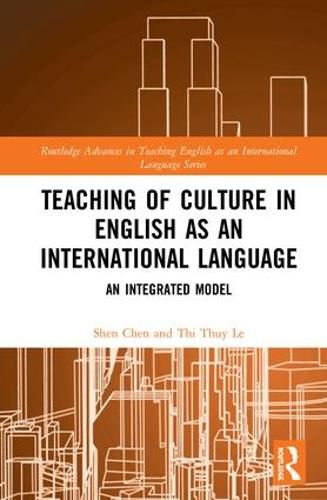Readings Newsletter
Become a Readings Member to make your shopping experience even easier.
Sign in or sign up for free!
You’re not far away from qualifying for FREE standard shipping within Australia
You’ve qualified for FREE standard shipping within Australia
The cart is loading…






The importance of integrating the teaching and learning of language and culture has been widely recognised and emphasized. However, how to teach English as an International Language (EIL) and cultures in an integrative way in non-native English speaking countries remains problematic and has largely failed to enable language learners to meet local and global communication demands.
Developing students’ intercultural competence is one of the key missions of teaching cultures. This book examines a range of well-established models and paradigms from both English-speaking and non-English speaking countries. Exploring questions of why, what, and how to best teach cultures, the authors propose an integrated model to suit non-native English contexts in the Asia Pacific. The chapters deal with other critical issues such as the relationship between language and power, the importance of power relations in communication, the relationship between teaching cultures and national interests, and balancing tradition and change in the era of globalisation. The book will be valuable to academics and students of foreign language education, particularly those teaching English as an international language in non-native English countries.
$9.00 standard shipping within Australia
FREE standard shipping within Australia for orders over $100.00
Express & International shipping calculated at checkout
The importance of integrating the teaching and learning of language and culture has been widely recognised and emphasized. However, how to teach English as an International Language (EIL) and cultures in an integrative way in non-native English speaking countries remains problematic and has largely failed to enable language learners to meet local and global communication demands.
Developing students’ intercultural competence is one of the key missions of teaching cultures. This book examines a range of well-established models and paradigms from both English-speaking and non-English speaking countries. Exploring questions of why, what, and how to best teach cultures, the authors propose an integrated model to suit non-native English contexts in the Asia Pacific. The chapters deal with other critical issues such as the relationship between language and power, the importance of power relations in communication, the relationship between teaching cultures and national interests, and balancing tradition and change in the era of globalisation. The book will be valuable to academics and students of foreign language education, particularly those teaching English as an international language in non-native English countries.